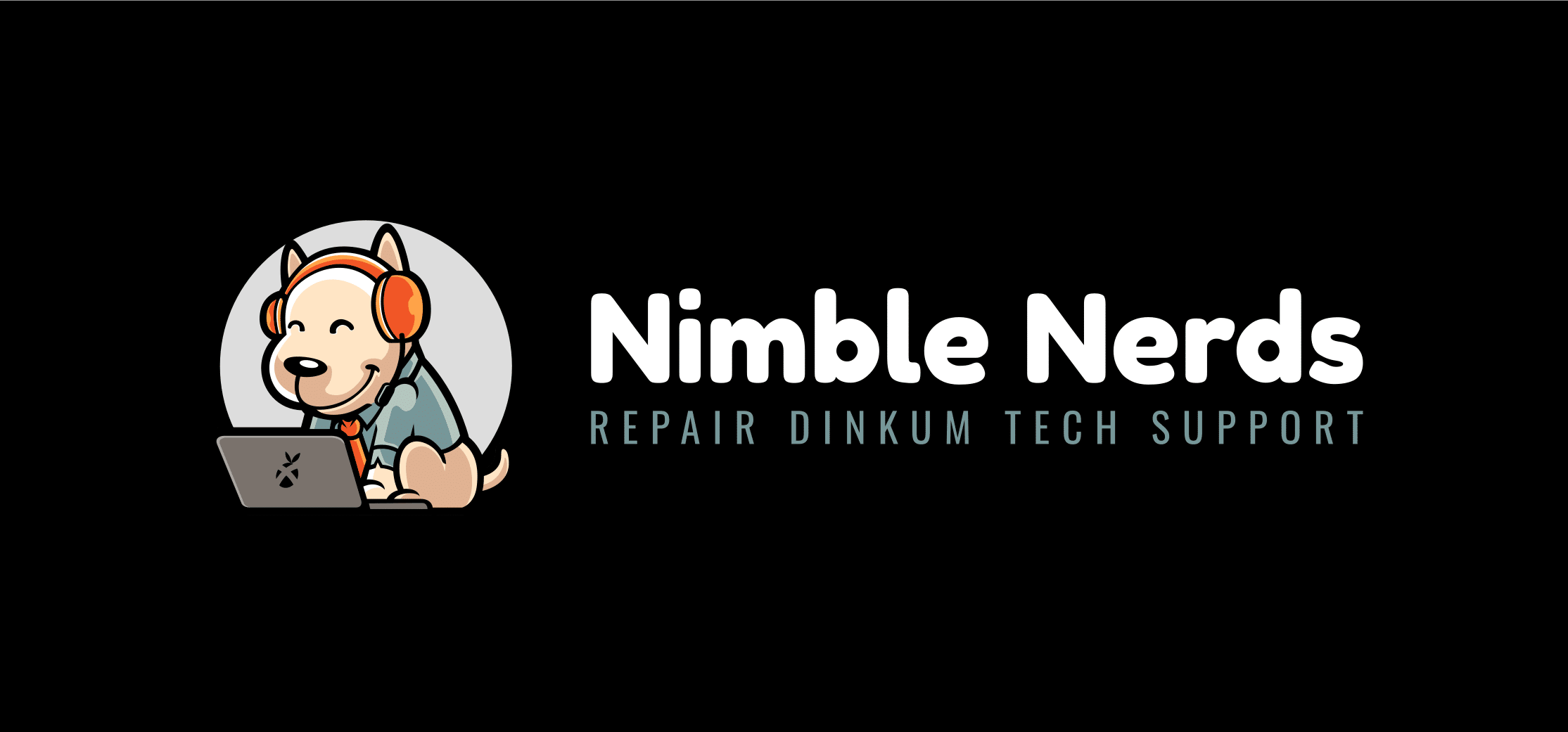When you transfer files from one PC to another PC, it may feel overwhelming at first; however, it doesn’t have to be that way! Whether you’re switching to a computer or just looking to transfer files, there are methods available to make the transition seamless. At Nimble Nerds, we provide the best services in simplifying tech issues, providing solutions, and giving a hassle-free experience. Our skilled professionals here are ready to assist you every step of the way- even delivering cost options within half an hour of reaching out!
Losing files? Running out of space? Whether you need help recovering lost data, setting up cloud storage, or just making sense of your digital clutter — we’ve got your back.
Explore Our Data Management ServicesDifferent Ways of How to Transfer Files from PC to PC
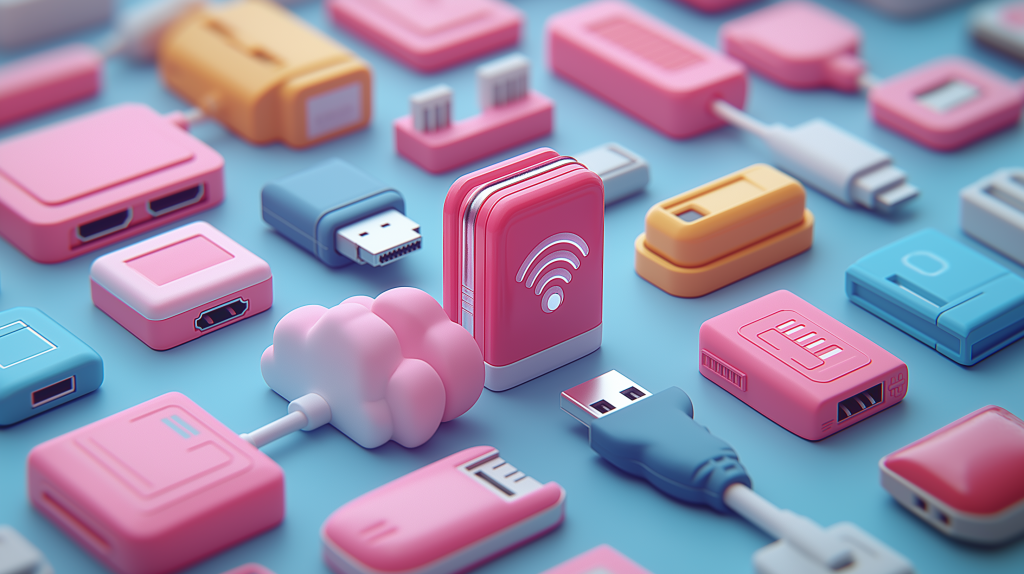
When you are transferring your files from one PC to another, how you do it largely depends on the size of your data, your equipment, and how comfortable you are with the technology used for it. I’ve transferred files dozens of times, and trust me—what works in one situation might not work in another.
So, let’s break down the most common methods you’ll come across, from direct physical transfers to wireless solutions.
File Transfer Calculator
Transfer Files Directly: External Devices and Cables
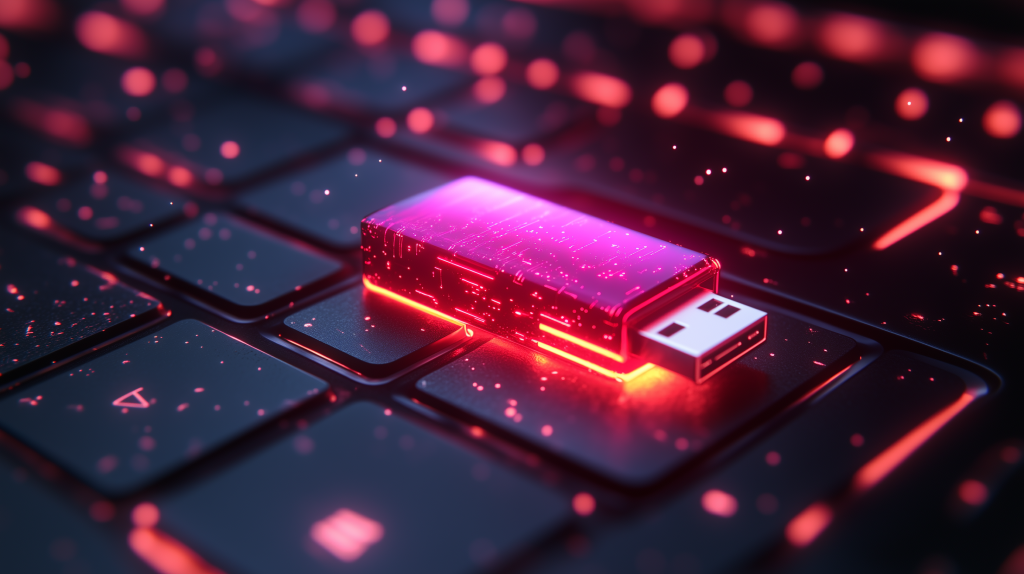
If you're anything like me, when you need to transfer large files fast, nothing beats plugging in an external drive or a transfer cable. External hard drives and USB flash drives are life-saving when you're dealing with big files. I've often found myself moving entire projects onto a 256GB external drive, especially when I don’t want to mess around with internet speed or wireless network hiccups.
In addition, using transfer cables is also great. Although this method may be less common than the others, this is great for quickly syncing files from one computer to another without having to save files in an intermediate device.
Pros
- Speed: USB 3.0 or newer cables and drives are fast.
- No internet required: You can work offline, making this ideal when you're dealing with sensitive data or have unreliable Wi-Fi.
Cons
- Limited by storage capacity: External storage media (flash drives and external hard drives) fill up quickly when moving very large files.
- Physical damage risk: Cables and drives can fail or get damaged.
Wireless Transfers: Wi-Fi and File Sharing
For smaller files, or if you're not in a rush, wireless file sharing can be pretty convenient. I’ll be honest—when I need to move smaller documents or photos between two computers or devices, using a Wi-Fi network feels effortless. Windows' built-in file-sharing feature works well for this. However, I’ve found that speed can really be a bottleneck if your network connection isn’t rock solid. This is especially true when trying to transfer larger files like videos.
Pros
- Convenience: With wireless transfers, you don't need to go searching for cables or drivers.
- Ease of use: This method is great for easy file transfers between devices and especially for regular use.
Cons
- Speed varies: The speed can differ and wireless connections might slow down when you're moving large amounts of data.
- Security: Ensuring the security of your network is important to prevent unauthorized access during data transfer.
How to Transfer Files from PC to PC: External Drives&Devices
Transferring files between computers using a device such as a USB flash drive or an external hard drive is one of the ways to do it. I have relied on this method many times when switching to a computer or safeguarding important data. The simplicity of this approach is what makes it so appealing – just plug in the device. Copy and paste your files without requiring any special technical skills!
Using a USB Flash Drive or External Hard Drive
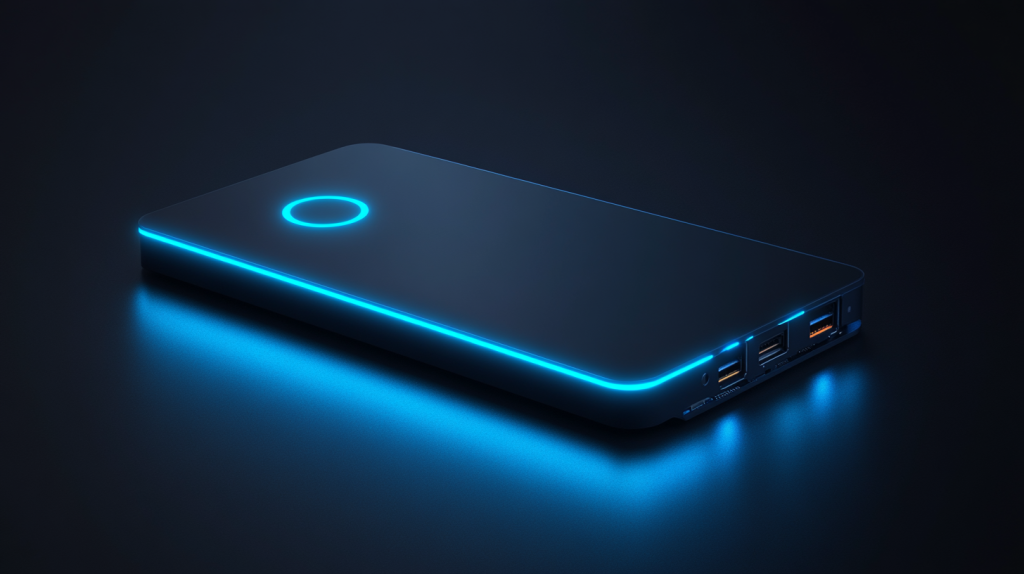
First off, let’s talk about the hardware. A USB flash drive is great for smaller files, like documents, photos, and some videos. But if you’re moving larger files or an entire system backup, an external hard drive is going to be your best friend. I’ve found that drives with at least 1TB of space are solid choices when you’ve got tons of media or backups to move. Just make sure your external device is compatible with your PC’s USB ports (USB 3.0 is faster than USB 2.0).
Step-by-Step Guide to Copying Files onto External Storage
- Connect your external drive: Connect your drive by inserting the USB flash drive or external hard drive into the USB port of your computer.
- Copy the files: To copy the files you need to go to the folders or files you wish to transfer. Then choose them by right-clicking and selecting "Copy."
- Paste onto the external device: Paste the files onto the device by opening the external drive (often shown as a new drive letter, in File Explorer). Then, right-click and choose "Paste."
- Safely eject the device: Make sure you disconnect the device after finishing the transfer to prevent any data corruption risks.
- Transfer to the new PC: Plug the drive into your new PC and repeat the process—only this time, copy the files from the external device and paste them into your desired destination folder.
Advantages of Using External Devices for File Transfers

Basically, the main perk of this method is how easy it is. You don’t need to worry about setting up any networks or software, and you’re not reliant on an internet connection (which can be flaky, especially when moving large files). Plus, external drives are easy to use and portable, so you can store your important files and keep them safe here in case you need them later.
However, always keep in mind the risk of physical damage. I’ve had flash drives die on me mid-transfer—it’s rare, but it happens. That's why I always recommend doing a quick file integrity check after you’ve completed the transfer, just to ensure nothing went wrong in the process.
How to Transfer Files from PC to PC: Cloud Storage

If you're really not into using gadgets or simply prefer to declutter your space, transferring files through cloud storage could really make a difference in how you manage things digitally. I've personally turned to cloud storage whenever my external hard drive wasn't within reach or when I had to get hold of files from devices. Furthermore, services like Google Drive, Dropbox and OneDrive make it incredibly simple to transfer files from one computer to another without the need for a USB drive.
Benefits of Cloud Storage for File Transfers
One of the biggest perks of cloud storage is that it’s accessible anytime, anywhere—as long as you’ve got an internet connection, of course. Forget about the stress of losing a USB drive or misplacing your drive . With several cloud storage providers that offer a certain amount of complimentary storage (such, as 15GB from Google Drive), this is a budget-friendly option for managing smaller files.
That said, speed can be a downside, especially if you’re working with large files and a slower network connection. I’ve had times where uploading a few GBs of video files took ages, which can be frustrating if you’re in a rush. Also, make sure you encrypt sensitive files before uploading—cloud security is good, but it’s always best to be extra cautious.
Guide on How to Move Files Using Cloud Storage

- Choose your cloud provider: When you are choosing which cloud provider to use, it's advisable to go with one you're familiar with. Some of the most common choices are Google, Microsoft, or Dropbox. If you don't have one yet, consider signing up for one of the options to get started.
- Upload your files:
- On your old PC, open the cloud storage app or visit the provider’s website.
- Move your chosen files into the cloud storage folder or simply select "Upload".
- Depending on your internet speed and the size of the files, this might take a while—so be patient!
- Access from your new PC:
- Log in to your existing cloud account, on the new computer.
- Transfer files into the new computer by selecting and downloading them.
- Syncing: If you want a seamless experience, you can also install the cloud provider’s desktop app. This syncs your cloud files directly to your PC, so they’ll automatically appear in a folder on your new computer.
Cloud Storage Providers: Overview
- Google Drive: Google Drive gives users 15GB of free storage (this is completely free). Furthermore, it integrates seamlessly with other Google services.
- Dropbox: Although known for its user-friendly interface, Dropbox only has 2GB of free storage initially without upgrades.
- OneDrive: OneDrive comes pre-installed on Windows systems making it a pre-choice for Windows users with its 5GB of complimentary storage space.
Whether you're sharing files with coworkers or migrating data between your personal computers, cloud storage gives you the freedom to transfer files without being tied down to physical devices. Just make sure you've got a stable internet connection, or you might find yourself stuck watching an upload bar for a while!
How to Transfer Files from PC to PC with a Transfer Cable
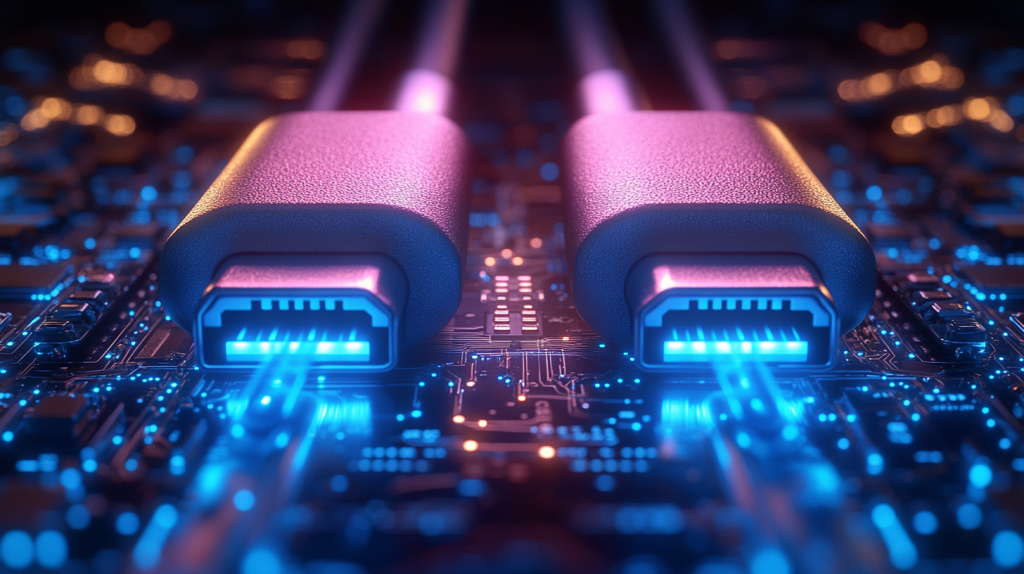
If you want a fast, direct method that doesn't rely on the internet or external storage limits, using a transfer cable can be an ideal solution. I've used a transfer cable a few times when I had large amounts of data to move between two PCs quickly. I also learned it’s much faster than dealing with a flash drive or waiting for a cloud upload to finish. It's especially useful if you're doing a full system transfer or need to move lots of files between computers sitting right next to each other.
What is a Transfer Cable, and How Does It Work?
A transfer cable is a specialized USB cable with software designed to connect two PCs directly, allowing for file transfers between them. The cable usually comes with software that makes it easy to choose which files to move. Most modern transfer cables are USB 3.0, which means faster transfer speeds. They work great if you’ve got large files or entire folders of photos, videos, or even program settings that need to make the jump from an old PC to a new one.
I remember using a transfer cable when upgrading my personal desktop and being blown away by how fast it moved my massive game files and documents. It saved me hours of waiting compared to slower methods.
Steps for Connecting Two PCs Using a Transfer Cable

- Get a Transfer Cable: Purchase a USB-to-USB transfer cable. You’ll find options from brands like Plugable or Belkin. These usually come with software like Easy Transfer, which helps with the process.
- Install the Software: Install the software that comes with the cable on both PCs. This software will act as the interface that helps you choose which files to transfer.
- Connect the Two PCs: Plug one end of the transfer cable into each PC’s USB port. Make sure both computers are powered on and that the software is running.
- Start Transferring Files:
- Open the transfer software on both computers.
- Use the software interface to select the files, folders, or settings you want to transfer. Most software will allow you to see the file structure of both PCs side by side.
- Hit "Transfer," and the files will start moving between the PCs over the cable.
Ideal Scenarios for Using a Transfer Cable
A transfer cable is ideal if you’re moving a large amount of data between two computers that are physically close together. It's also great when Wi-Fi is unreliable or if you need a quicker solution than external devices. I've found it particularly useful when setting up a new PC and needing to transfer not just files but settings and preferences, which can take forever to reconfigure manually.
While it’s not something you’ll use every day, a transfer cable is a handy tool to keep around, especially if you deal with large files regularly or are frequently upgrading hardware. You can save a ton of time, and it’s almost foolproof.
Transferring Files Wirelessly Between PCs
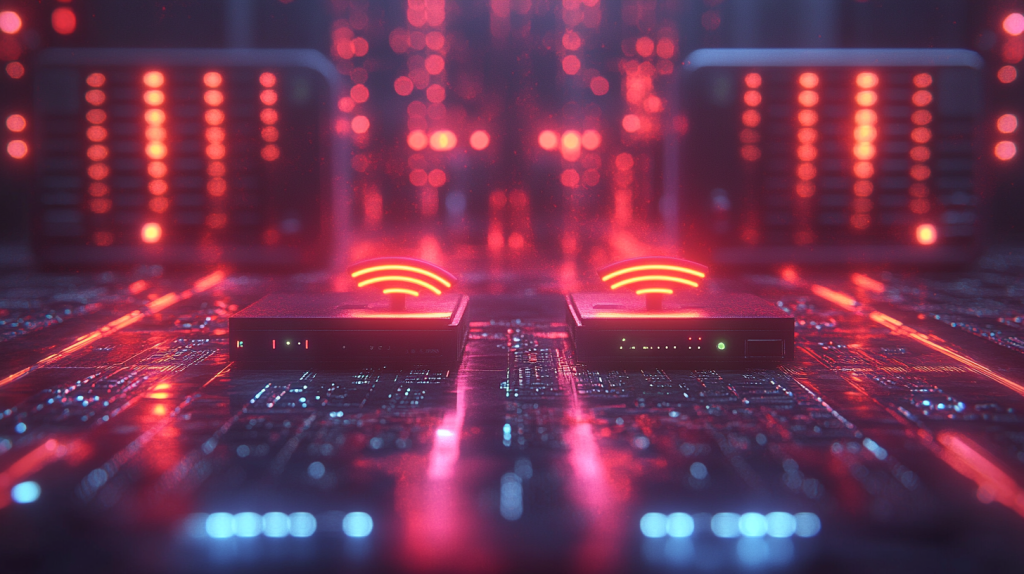
If you're looking to transfer files without the hassle of cables or external devices, wireless file sharing is the way to go. I've used this method plenty of times when I didn't have a USB drive handy or just wanted a more hands-off approach. As long as both PCs are on the same Wi-Fi network, you can move files with minimal effort. However, wireless transfers can be a bit slow depending on your network speed. So, patience is key if you're moving large files.
How to Set Up File Sharing Between PCs on the Same Wi-Fi Network
One of the easiest ways to transfer files wirelessly is by using the built-in file-sharing feature in Windows. Here’s how to set it up:
Connect Both PCs to the Same Wi-Fi Network
Make sure both computers are connected to the same network. This is crucial, or the PCs won’t be able to “see” each other.
Enable File Sharing
- On both PCs, go to Control Panel > Network and Sharing Center > Change advanced sharing settings.
- Turn on Network Discovery and File and Printer Sharing. This allows the PCs to communicate with each other and share files.
Share the Folder
- On the PC that has the files you want to transfer, right-click the folder you want to share and select Properties.
- Go to the Sharing tab, click Share, and choose the user or device to share it with (or use Everyone if you want it accessible to all).
Update Security Permissions
- After sharing the folder, go to the Security tab in the same Properties window.
- Click Edit, then Add. In the pop-up box, type Everyone and click Check Names to verify.
- Select Everyone from the list and choose the appropriate permissions (such as Read, Write, or Full control), depending on what access you want to grant. Click OK to save.
Access the Shared Folder
- On the other PC, open File Explorer and go to Network. You should see the first PC listed.
- Click on the PC’s name to access the shared folders and files.
You can now copy the files over to the second PC.
Transferring Files Using Windows Built-in File Sharing Tools

Windows has built-in tools for easy and wireless file-sharing. Other than the basic folder sharing, you can use HomeGroup (in older versions of Windows) or Nearby Sharing in Windows 10 and 11. Nearby Sharing is perfect for small and quick file transfers. In addition, it also works with Bluetooth over your Wi-Fi connection.
- Nearby Sharing:
- Go to Settings > System > Shared experiences on both PC and toggle Nearby Sharing on.
- Now, right-click the file and choose . You can now right-click any file and choose Share. Nearby devices will appear, and you can select the PC to send the file to.
Pros and Cons of Wireless Transfers
Pros:
- No physical devices needed: You don’t have to worry about losing a USB drive or messing with cables.
- Convenient for small files: Perfect for transferring documents, pictures, or small batches of files.
Cons:
- Slower speeds: If you’re transferring large files (like videos or system backups), it can take much longer compared to a wired connection or external drive.
- Network dependency: The speed of the process depends on network stability. So if your internet is unstable, this may affect the file sharing.
Wireless transfers are fantastic for quick, everyday file sharing, especially if you’re sitting across the room from your other PC. But if you're dealing with large files or urgent transfers, you might want to consider faster methods like a transfer cable or external drive.
Using Data Transfer Software to Move Files from PC to PC

When you're transferring large files or you need a reliable and automated process, data transfer software can be a lifesaver. I've used this option when I had a huge amount of files—like entire system backups or work-related projects—that I needed to transfer seamlessly. The best part? It’s efficient, and reduces the risk of human error. Plus, many software tools also let you transfer settings, apps, and even user profiles, which makes setting up a new PC so much easier.
Overview of Popular Data Transfer Software Options

In my years of experience, I've come across various data transfer applications with different features. If you are curious, here are some I would recommend:
- EaseUS Todo PCTrans: This is a user-friendly tool that transfers files, programs, and settings between PCs. It’s perfect for people upgrading to a new computer.
- PCmover by Laplink: This tool is often bundled with new computers. More than moving files, it also allows you to move applications. This is really a time-saver!
- AOMEI Backupper: If you're into cloning entire systems, try AOMEI and you'll find everything similar to what it was from your old PC.
These tools typically offer both free and paid versions, depending on how much data you’re moving and what features you need. For big migrations, I’d recommend going with the paid versions—it’s worth it for the extra features and smoother process.
How to Install and Use Transfer Software for Large Data Migrations
Using data transfer applications is pretty straightforward once you've chosen the right tool for your needs. Here’s a general step-by-step that applies to most of these programs:
- Install Transfer Software: Download and install the software on both the old computer and the new one. Don't worry, most of these have a setup guide to help you through the process.
- Choose the Transfer Method: You can choose what you want- via Wi-Fi, transfer cable, or through a drive. But we recommend using LAN or Wi-Fi to transfer data with greater file size.
- Select What to Transfer:
- You’ll typically get a detailed view of your files, apps, and settings.
- Pick what you want to move. Some software even lets you preview what can and can’t be transferred, like system files or incompatible programs.
- Start the Transfer: After selecting your files and apps, start the transfer. This process could take a few minutes or even several hours depending on the size of the data you're transferring and your connection speed.
- Verify Everything: Now, once the transfer is done, you may want to double-check on your new PC to see if all files, apps, and settings have been transferred properly and correctly. Once the transfer completes, double-check on your new PC to make sure all files, apps, and settings have transferred correctly.
PC Backup Time Estimator
When to Use Software for Secure and Efficient File Transfers
When moving large data or more than just files, using data transfer software is the best way to go. In addition, this also works best when you are upgrading to a new PC and want to carry over your apps and even your system preferences. I’ve found it particularly useful for transferring between two Windows machines because many programs preserve the integrity of your operating system settings.
If you’re someone who tends to forget certain steps or files when transferring manually, data transfer software will save you from a lot of frustration. It's automated, secure, and often faster than manually moving files one by one.
Best Practices for File Transfers: Speed, Security, and Data Integrity

Whether you're moving a handful of files or migrating an entire system, there are a few best practices I’ve learned over the years that can help you avoid common pitfalls. And we all know it, the last thing that you would want during these transfers is a failure halfway through, or worse, lose important files doing it. What a nightmare! Fortunately, by focusing on speed, security, and data integrity, you are on the way to a smooth and successful file transfer- every time you do it.
Tips for Speeding Up File Transfers
If you’re anything like me, waiting for a transfer to finish can feel like an eternity, especially with larger files. Here’s what I’ve learned about speeding up the process:
- Use the Fastest Connection Possible: To transfer data using cables or wires, use a USB 3.0 or 3.1 port/cable, as this speeds up the data transfer process. Similarly, if you’re using an external hard drive, make sure it’s optimized for faster speeds (like SSDs). For wireless transfers, aim for a 5 GHz Wi-Fi connection rather than 2.4 GHz.
- Transfer in Batches: If you’re transferring data in large amounts, try breaking it up into smaller chunks. I’ve found that splitting up files prevents overloads, especially when using a cloud service or an unstable network.
- Close Background Applications: One way to ease your file transfer is by freeing up your system resources and closing the non-essential programs. By doing this, you speed up things and dedicate more power to the file transfer operation.
How to Secure and Protect All Your Data and Sensitive Files

Security is crucial, particularly when you’re transferring personal or sensitive data. I’ve helped many customers recover from unsecured transfers that left their data exposed, so here's how to stay safe:
- Encrypt Your Files: Before you transfer any sensitive and important files, such as financial records or personal documents, make sure that you encrypt them first. Most external drives have built in encryption options, or you can also use third-party tools like VeraCrypt to secure your data before transferring.
- Use a Secure Wi-Fi Network: If you’re conducting network transfer, ensure your network security with WPA3 (or at least WPA2). At times, open networks or poorly secured Wi-Fi are susceptible to danger.
- Consider a VPN for Cloud Transfers: If you’re moving files via a cloud storage service, using a VPN (Virtual Private Network) can add an extra layer of protection by encrypting the internet connection itself, making it harder for attackers to intercept your data during the upload/download process.
Checking File Integrity After the Transfer is Complete

It can be really frustrating when you discover your files from one computer are missing or corrupted after you thought it was all successfully transferred. You would not want this to happen to you. So, to avoid this headache, make sure to always check your files once the transfer is complete:
- Compare File Sizes: First, check if the size of the files in your new PC matches with those from your old computer. If the sizes don’t match, the transfer may have failed or corrupted during the process.
- Run File Integrity Checks: Using tools such as MD5 checksum or SHA-256 hash will help you verify if your files are exactly the same after you transfer them. These tools help to compare the digital fingerprints of the original and the transferred file, ensuring authenticity and that nothing is changed during the process.
- Open the Files: Lastly, don’t just assume everything went perfectly—open up a few of the transferred files, especially large ones like videos or system backups, to confirm that they work as expected.
So, if you keep these practices in mind, you'll surely have a speedy, secure and successful data transfer. Trust me, taking just these steps will definitely save you from a lot of stress now and even later on!
PC to PC File Transfers- Conclusion

Transferring files from PC to PC doesn’t have to be a stressful process. Whether you're moving a few photos or transferring an entire system’s worth of data, there's a method for every situation. We've taught you the usage of external drives and USB cables for faster, offline transfers to cloud storage for convenience- so you definitely have plenty of options to choose from. Depending on your needs, such as speed and ease, we recommend data transfer software to help you get through even the hardest data transfers and migrations. But if you are into everyday access and sharing, we recommend wireless transfers. You surely have everything for you!
Remember to follow best practices for security and data integrity—especially when transferring sensitive files. Whether you’re securing your files with encryption, ensuring your Wi-Fi network is locked down, or checking the integrity of your data after transfer, a little extra precaution goes a long way.
Losing files? Running out of space? Whether you need help recovering lost data, setting up cloud storage, or just making sense of your digital clutter — we’ve got your back.
Explore Our Data Management Services



















